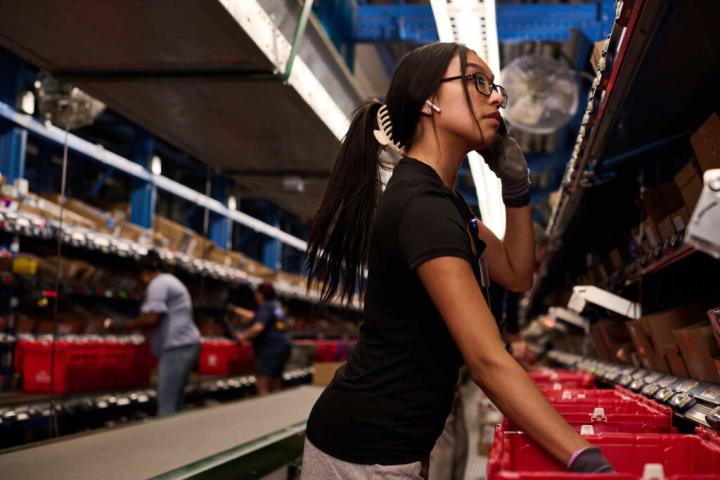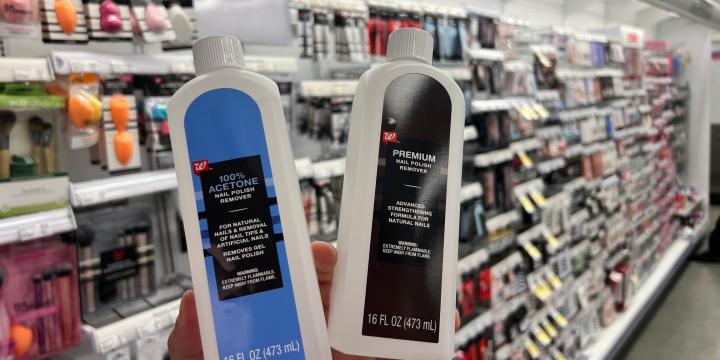With Easter 2025 in the books, the seasonal section of your local Walgreens will soon start showcasing products to help customers get ready for summer.
But what about the leftover Easter products? Our stockrooms don’t have space to hold these items until next Easter, and we can’t keep items, like candy, that long if they expire. Stores sell these items at a markdown after the holiday for a short period of time, but in the end, we may still have leftover seasonal merchandise.
Our first line of defense for reducing our stores’ waste is the Green Box program, a recycling initiative at all Walgreens distribution centers that redirects unsold merchandise from landfills. Items that are eligible for the Green Box program are split into three categories:
- Donation, where we partner with charitable organizations like Feed the Children to distribute goods to those in need
- Returns to the vendor, where we send unsold, non-perishable merchandise back to our merchandising partners
- Liquidation, where we sell excess merchandise to approved liquidators, who then stock the products in mom-and-pop stores or find other ways to sell it or donate it themselves.
Director of supply chain reverse logistics Desi Paoli created this program, which has been extremely successful in both reducing waste and generating extra revenue. And with our ongoing store optimization work, these programs are more important than ever.
Of course, not all merchandise qualifies for the Green Box program. Paper goods like magazines and greeting cards that can’t be resold to consumers, for example, typically get thrown away. Though Paoli’s work with Green Box has been a success, she wanted to push the envelope even further through this new pilot.
“Ultimately, we want to keep as many products out of landfill as we can, reducing our environmental footprint and maximizing the benefits to the company and the communities where we operate,” Paoli says. “For products that don’t qualify for Green Box, we’re trying something new. These products get sent back to the distribution center, and from there, we’re working with specialized recyclers.”
Recycling partners are chosen based on what kind of material they specialize in. A recycler might take our unused gift cards, for example, and turn them into PVC pipe. Not only is recycling good for the planet, but it also generates revenue for the business.
“Because recyclers pay us for this material, we’re able to save money each year,” Paoli says. “It’s really a win-win all around.”



